
‘Nearly 30 years ago, Daughters of the Dust ruptured the fixed line of film history. It was the first film directed by a Black woman to see theatrical distribution in the United States. It fit neither the Black history Hollywood co-opted, nor the modern Black story they allowed (urban peril). Daughters of the Dust portrayed a day in the life of the Gullah-Geechee community off the coast of South Carolina through their circular perception of time, a past, present and future that runs concurrently. Nana Peazant, the old matriarch, urges her successors to cling to their roots, to hang on to her, as each body holds both “the last of the old and the first of the new.” The younger generations plan to run up the river north, leaving behind Ibo Landing, home to centuries of their ancestors. An unborn child narrates from the future and dawdles through the present day, 1902, while Nana clutches the ground by the gravestones.
‘Writer/director Julie Dash does not frame the dispersion of the Gullah community as purely tragic or Nana’s old ways as purely outmoded. Their differences are not so plain that either side doesn’t understand and still appreciate the other. Nana is exhausted by the new ways pervading the old, but she accepts it as hard, inevitable and beautiful. The divide is never inflated to the kind of conflict often perpetuated in movies. Daughters of the Dust is inimitable, like all things that rupture a fated course. It has not been replicated to this day.
‘Dash is one of the preeminent figures of the L.A. Rebellion, the Black anti-Hollywood movement that came to fruition at UCLA Film School between the 60s and 80s. Since her first short films (the venerable Diary of an African Nun, Relatives, Illusions, et cetera), Dash has continued her fight to widen the scope of Black film in an industry that spends itself to narrow it. No one would fund the next Julie Dash feature film; executives were scared by what they didn’t know from record to be lucrative. There was no reference for anything Dash proposed, nothing to mollify their cowardice; so they retreated to the racist track record at the industry’s base. But Dash didn’t relent. She directed the TV movies Funny Valentines, Incognito, Love Song, and The Rosa Parks Story, a $1.5 million immersive film exhibit, Brothers of the Borderland, commissioned by the National Underground Railroad Freedom Center, short films, documentaries and commercials. Today, she’s finally in development on her second feature film, an Angela Davis biopic, fighting the same fight to make it right.’ — MUBI
__
Stills
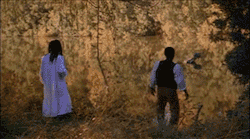
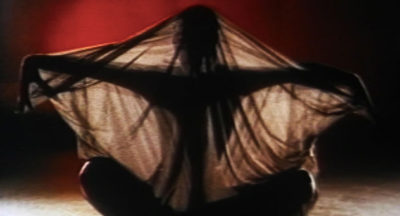

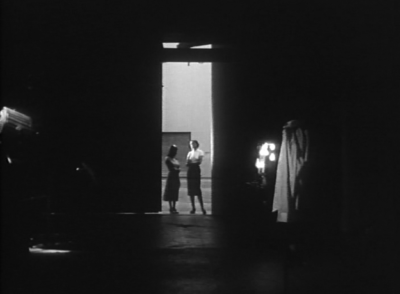


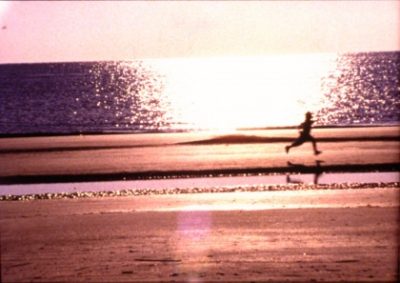

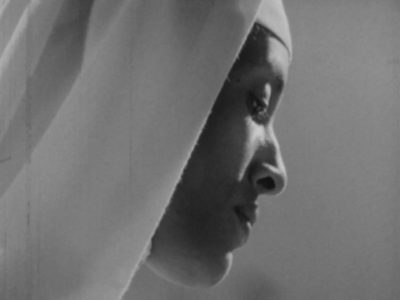


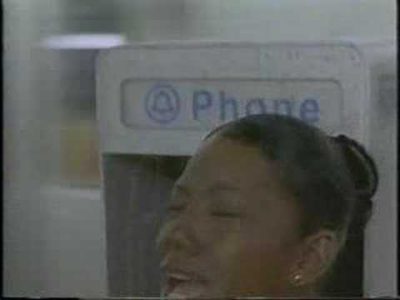
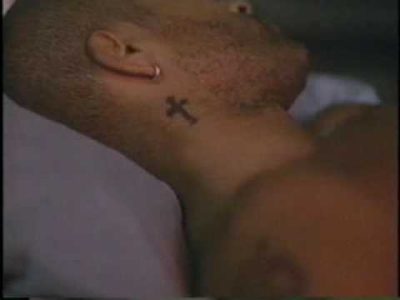
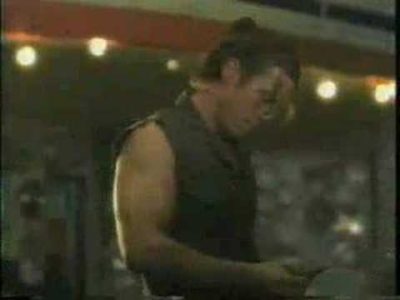




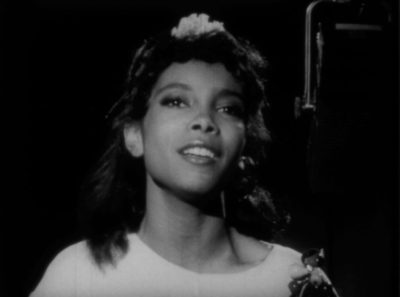

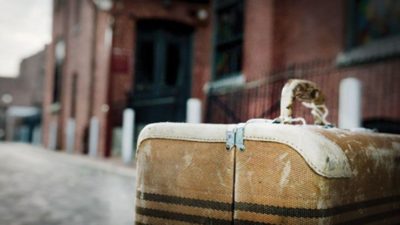

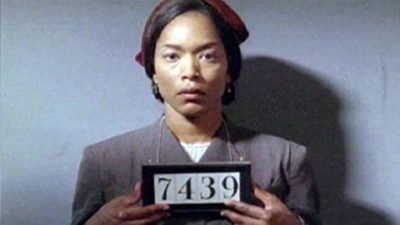
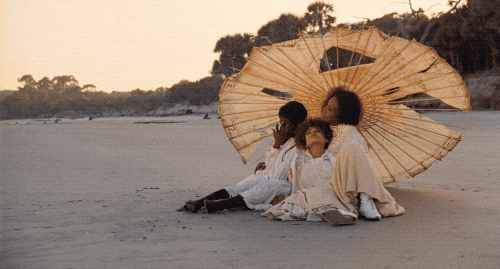
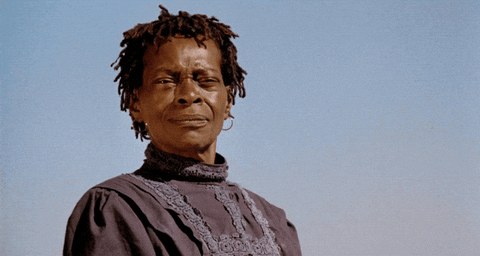



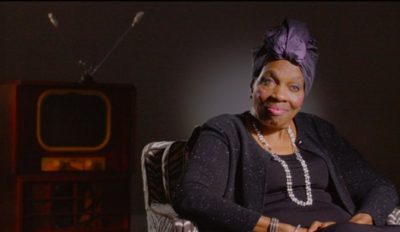
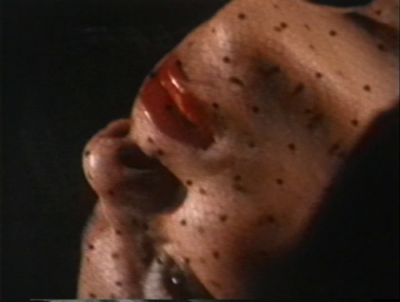

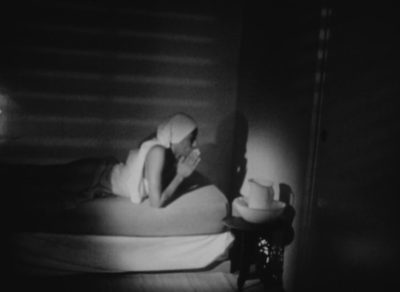
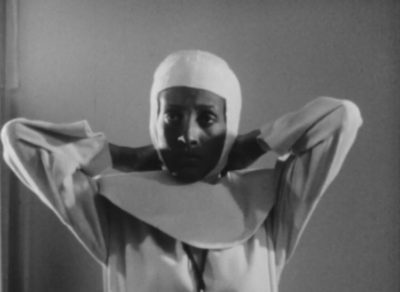

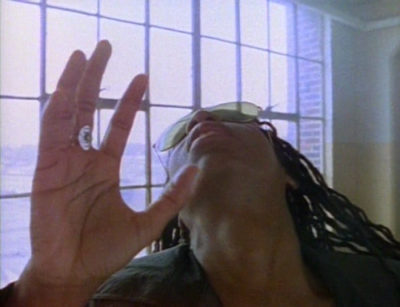

___
Further
Julie Dash Site
Julie Dash @ IMDb
Julie Dash Made a Movie. Then Hollywood Shut Her Out.
Julie Dash @ Twitter
Julie Dash @ Vimeo
Julie Dash @ youtube
Julie Dash Is Finally Making Her Second Film
Making History: Julie Dash
Podcast: Julie Dash on Black Representation in Entertainment
Without Living in the Folds of Our Wounds: A Conversation with Julie Dash
Julie Dash @ Letterboxd
Interview: Julie Dash
Close‐up and slow motion in Julie Dash’s daughters of the dust
Outing the Black Feminist Filmmaker in Julie Dash’s Illusions
Fashioning the Body [as] Politic in Julie Dash’s “Daughters of the Dust”
How Beyoncé’s Lemonade Helped Bring a Groundbreaking Film Back to Theaters
Interview: Julie Dash @ Film Comment
Julie Dash’s Work Is More Important Than Ever
Julie Dash on the LA Rebellion, Black Lives Matter, and the New Generation of African-American Women in Film
____
Ads & Music Videos
More Than One Way Home, Keb’ ‘Mo – Dir. Julie Dash
GMC Yukon – Dir. Julie Dash
Lost In The Night, Peabo Bryson – Dir. Julie Dash
Health Watch Commercial Spots – Dir. Julie Dash
_____
Interview
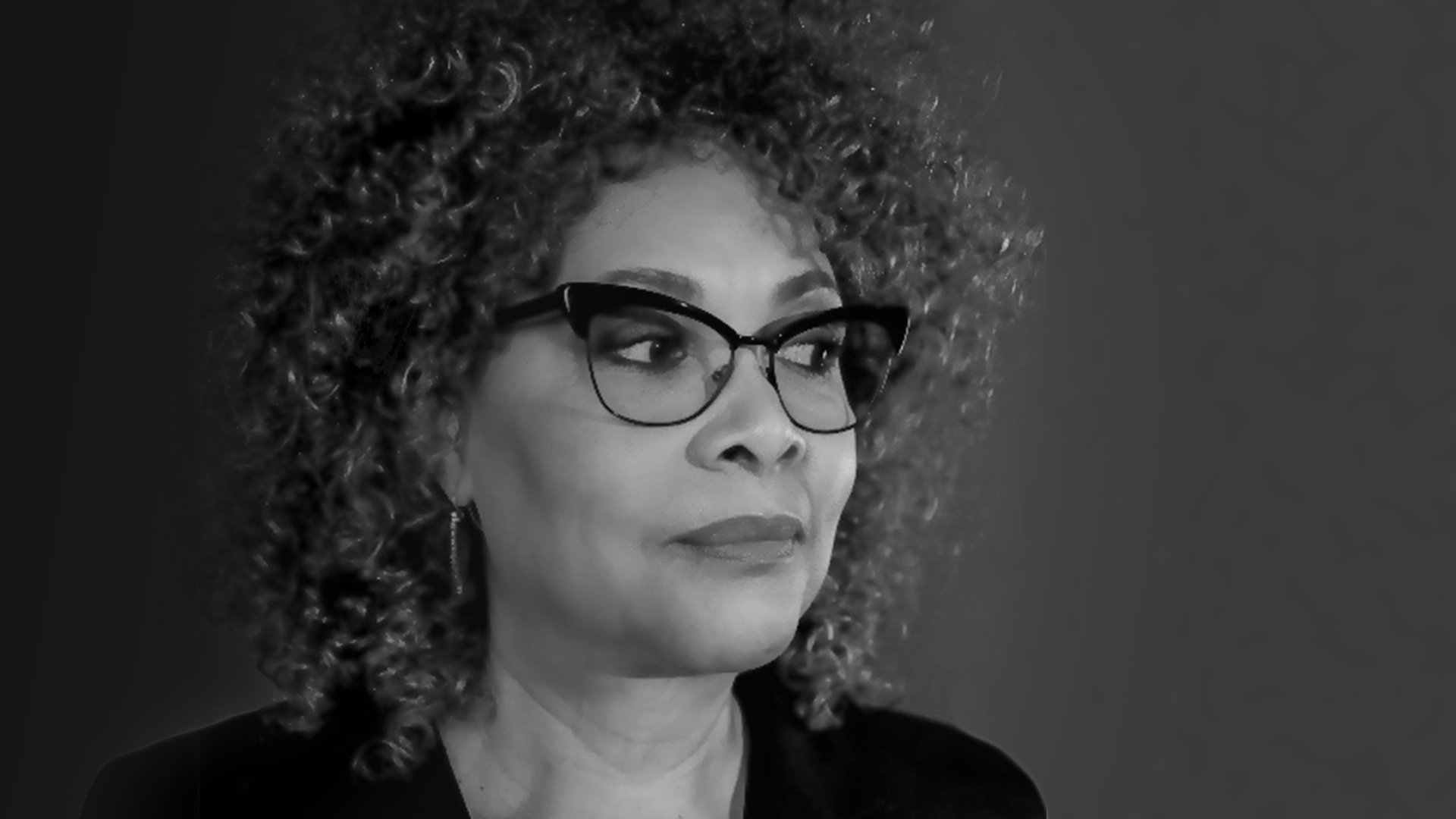
AFI: DAUGHTERS OF THE DUST was the first feature directed by an African American woman to be distributed theatrically. Looking back, how do you feel about the impact of that milestone?
Julie Dash: It was by happenstance that it got distribution, but once it hit theaters it actually played for 32 consecutive weeks at the New York Village East Theater. It also did really well overseas – in Asia and in France. It resonated with the Black community, although it didn’t resonate with a lot of Hollywood producers and distribution companies. But after it did so well, Hollywood companies started saying “Well, I don’t understand it, but let’s take a second look at it.”
AFI: What originally made you want to apply to and attend the AFI Conservatory?
Julie: I was coming out of New York. I had just graduated with a filmmaking degree from City College in New York. I started making films in high school when I would go to the Studio Museum of Harlem’s Cinematography Workshop. I was reading about people like Charles Burnett and Larry Clark, even though I had not seen their films at that point. So I knew that AFI was the place to go to make narrative films because I didn’t have a clue – because I had only made documentaries before.
AFI: Were there skills or lessons that you learned at AFI that you continue to apply in your career today?
Julie: Absolutely. It was wonderful to be where there were small classes and the owner of Panavision actually came and taught a class at AFI with his new Panavision camera. I remember Nina Foch – who was a wonderful teacher and taught Directing the Actor.
AFI: You were an AFI intern on the set of ROOTS in 1977. Can you talk about your experience and what it was like to be a part of the production?
Julie: ROOTS started out in New Orleans and then I joined as an intern when they moved the company to LA. I learned a lot and at the end of the day it was very helpful for me because I made many friendships with people on the set. I met a young costumer called Theresa on ROOTS, and then years later when I was doing DIARY OF AN AFRICAN NUN and ILLUSIONS, I’d always go to the Western Costume Company to work with her. I learned a lot from being on set and watching how things were done.
AFI: Ava DuVernay has called you a “shapeshifter” in terms of your versatility and has said you were ahead of your time. And what was it like working on QUEEN SUGAR?
Julie: QUEEN SUGAR was a great experience because it was the first time I got to work with “the cool girls’ crew.” [laughs] They had a few men in production, but for the most part it was all women making up the directors, writers, sound, cinematography, lighting, costumes, everything. It was a very woman-centered production. It was cool and friendly and supportive, and I had a great time. I was able to do multiple episodes concurrently, so that was exciting.
Coming out of UCLA as a filmmaker, I didn’t think of myself as just working in one genre, and that’s something that Hollywood still tries to lock you into. They think of me as this earth mother trying to do something in the woods. I love sci-fi. I’m looking forward to doing a western, I’m looking forward to doing an encryption thriller I’ve written. Filmmakers like to tell stories. We’re not locked into a specific genre. But people still see me as the makers of DAUGHTERS OF THE DUST, which is not bad at all, but I’m a storyteller. I’ve been pitching stories for 30 years since DAUGHTERS OF THE DUST. Even though DAUGHTERS was at Sundance in 1991 and then we got distribution the next year, we shot it in ’89. From that time on, I’ve been attached to several feature films but have not been able to do another feature film.
AFI: Do you feel that television is creating more inroads for diversity?
Julie: It’s easier to do a television movie because I’ve done four or five of them. But not a feature. And so people have a tendency to say, “Oh, she’s only done one film.” But I’ve done LOVE SONG, INCOGNITO, ROSA PARKS, FUNNY VALENTINES and SUBWAY STORIES: TALES FROM THE UNDERGROUND.
AFI: You recently signed on to direct a biopic of civil rights icon Angela Davis. In this moment in time where we’re reckoning with what we have not dealt with in this country’s history, why do you think her story is an important one?
Julie: We’ve been in development on it with Lionsgate for about 18 months now. This moment has been wonderful to witness. It’s amazing. The wheels of change are spinning. It’s very encouraging. Unfortunately, what caused the wheels of change was horrible. In a way, this is like a repetition of what went on in Angela Davis’ life and how her story was intertwined with police brutality, the militarization of the police and the oppression of the Black community. And history is repeating itself.
I sent her a link to the article in the newspaper from two weeks ago about a man in D.C. who sheltered protesters who were being boxed in by police and being beaten. So he opened his door. And the same exact thing happened to her. It’s like a police tactic – to box people in and tell people they have 10 seconds to disperse and then people go crazy and they move in and crush them. This happened to her in L.A. and these elderly people started opening their doors to all these protestors. It’s like, “my god, it’s the same thing. It’s the exact same thing.”
AFI: Can you talk about your perspective as a filmmaker and the challenges you’ve faced along the way?
Julie: It’s an interesting thing about the Black perspective, because if you have white producers who insist upon the Black perspective being their perspective, you still have quite a problem there. And that happens often. Yes, you can have a Black writer, you can have a Black director. But whoever has final cut, has final cut. And if they cut things out, you have a milquetoast, bland result that’s based upon a myth and not reality. We haven’t gotten past that. It’s not an isolated, siloed event. It’s systemic. It has nothing to do with politics, but everything to do with identity and history and the pulse of our community that just gets censored and erased.
I look at these modern dramas and I’m like “let me go back to Wakanda forever.” Everybody loves these dramas like BLACK PANTHER and GET OUT because they have resonance. They’re multilayered. They’ve got complex characters and they’re told in a new, exciting and invigorating way. You still have your thriller. You still have everything you want that makes a film engaging. But you have these layers of truth that roll to the surface and that makes it a screaming hoot. And we need that, and we deserve that just like everyone else.
AFI: What advice has helped you through challenging moments in your career? Do you have any advice for young filmmakers?
Julie: You just have to be authentic and tell your own truth and use your voice. Every project is not going to be a landmark film. I’ve directed television commercials, I’ve directed car commercials to make money, so I could fund and work on my passion projects. Everything is not a passion project, but you should pursue what your heart tells you where you need to go. And oftentimes your instructor, advisor, lawyer or accountant is going to tell you, “no, don’t go in that direction,” but you need to know ahead of time what your response to that is going to be.
_____________
10 of Julie Dash’s 17 films
_____________
Four Women (1975)
‘This 16mm film by Julie Dash uses dance to explore African American female identity and stereotypes. The featured dancer is Linda Martina Young, and the accompanying music is “Four Women” by Nina Simone. The film begins with a completely black frame with the sound of chanting in the background before the title of the film appears. There is then a series of closeup shots of a dancer (L. Martina Young) underneath a large sheet of translucent fabric and large sheets of cloth as the dancer slowly moves. The sound changes to an unidentified indigenous group singing and chanting as the dancer continues to move under the fabric. As the dancer continues her interpretive moves, the sound again changes to that of a whip being used, the sound of running water, and the sound of moaning/wailing voices. In the following sequence, Nina Simone’s “Four Women” begins to play and the dancer’s costume changes to a long dress and shawl, which reflects the first character of the song, Aunt Sarah. The Aunt Sarah character is representative of slavery. In the next series of shots, the dancer has changed to a black dress and black veil as Simone describes the next character, Safronia, who is of mixed race and the product of her mother being raped by a white man. As Simone begins describing the next character, Sweet Thing, a prostitute with both black and white clients, there are close up shots of the body part being described. The dancer has changed to a loose floral print dress and her hair is no longer tied back or hidden by a veil. In the fourth and final sequence, the dancer is wearing cornrows and has changed to a brightly colored tube top and matching pants to represent Simone’s character, Peaches, a black woman toughened by generations of oppression. Prior to the song’s and the film’s conclusion, there is a brief montage of all four women as portrayed by the dancer.’ — NMoAAC
Trailer

______________
Diary of an African Nun (1977)
‘A nun in Uganda weighs the emptiness she finds in her supposed union with Christ. Adapted from a short story by Alice Walker, the film was a deliberate first move by its director toward narrative filmmaking, though its graphic simplicity and pantomimed performance by Barbara O. Jones give it an intensity that anticipates Julie Dash’s work on Daughters of the Dust.’ — Shannon Kelley
Julie Dash is interviewed about The Diary of an African Nun
______________
Illusions (1982)
‘“Now I am an illusion, just like the films. They see me but they can’t recognize me.” So states the protagonist of Julie Dash’s 1982 film, Illusions. The film is a critique of Hollywood history and an attempt to subvert that very history by calling attention to the lack of an African-American presence in Hollywood during the era of World War II and even today, for that matter. Dash’s Illusions calls attention to the ways in which the Hollywood studio system created the illusions that forced African-American women to the wayside of film history only to be forgotten. In her films, Dash makes these illusions visible by critiquing that very system and showing how the Leila Grants of the world in effect were not the real star of the picture, but the Esthers who had the real talent à la Singin’ in the Rain (Stanley Donen and Gene Kelly, 1952).’ — Senses of Cinema
Excerpt
the entirety
______________
Daughters of the Dust (1991)
‘“Daughters of the Dust” is Julie Dash’s vast yet intimate drama, set in 1902, about the preparations of an extended family on one of the Sea Islands, off the coast of Georgia, to migrate to the American mainland. It’s a movie that runs less than two hours and feels like three or four—not in sitting time but in substance, in historical scope and depth of emotion, in the number of characters it brings to life and the novelistic subtlety of the connections between them, in the profusion of its ideas and the cinematic imagination with which they’re realized, in the sensuous beauty of its images and sounds and the indelibly exalted gestures that it impresses on one’s memory.’ — Richard Brody
Trailer
Excerpt
Julie Dash – On Daughters of the Dust
______________
Praise House (1991)
‘Draw or die is the moral of Dash’s story—Black women must create their own stories to combat the unsatisfactory images that today abound in the media—yet the technique used by Praise House to arrive at such a conclusion is the exact opposite of the techique used in Dash’s equally mesmerizing Illusions. Julie Dash’s 1981 manifesto on racist Hollywood and on the act of passing is in-your-face — a punch of truth, didactic (why does this word have to have negative connotations all the time?), gloriously upfront about its intentions. By contrast, Praise House’s aggressive mixings and metaphors make it impenetrable, gnarly, completely foreign to an outsider. (An interesting question for your book clubs: Who is the outsider in relation to Praise House?). In both shorts, though, there nevertheless remains an unshakeable humanism-through-Blacktivism. The images feel understandable, there is an emotional flow to them (as in the deep Armenian funk of Parajanov’s Color of Pomegranates [1969]), and whatever “meaning” can be made out are felt and not schematized or spelled out.’ — Carlos Valladares
Trailer
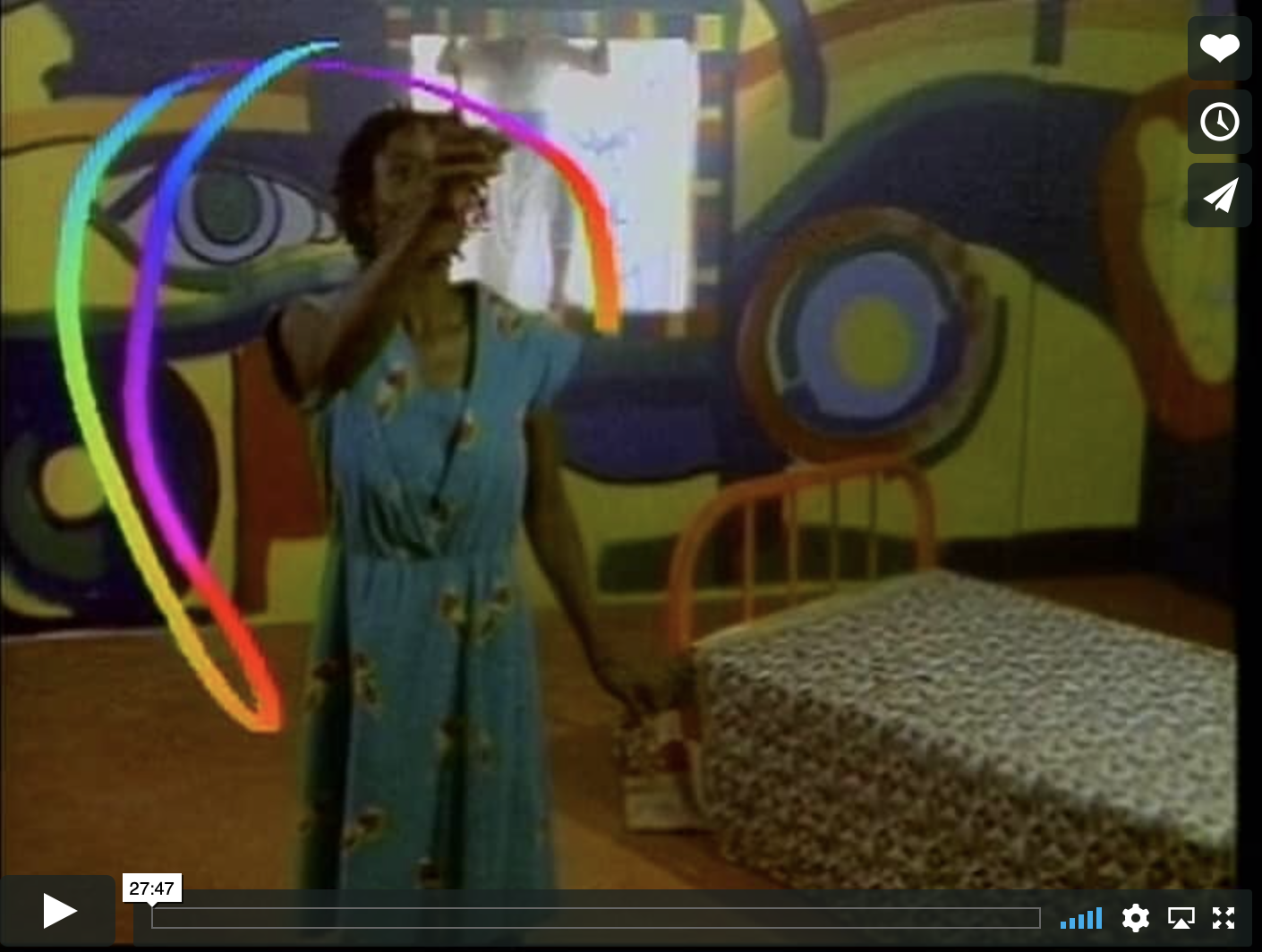
______________
Funny Valentines (1999)
‘Sometimes you just have to watch the made-for-TV movie that Ron Stacker Thompson wrote for the BET that demonstrates an unsurprisingly flawless textbook knowledge of three-act dramatic and cinematic structure, is ripe with setups and payoffs, and pretty much follows and owns every single hallmark of and stands up as the poster example for how to nail the classical American screenplay. A sweeping portrait of three generations of African-American women in the South and in the mean time it explores, gender, religion, sex, love, faithfulness, loss of innocence, and trauma, and manages to have like, twelve characters, two timelines, and almost four acts of plot goodness. All of this is crammed into the budgetary restrictions of a made-for-TV production, this is about as “BET movie” as it gets y’all, amazingly so.’ — Charlie Herndon
the entirety
______________
Incognito (1999)
‘A prime auteurist case study found in a made-for-TV erotic thriller, directed by Julie Dash whose singularly evocative sensibilities are felt from the first dissolving frames of Allison Dean running on a beach in a white wedding dress. Dean plays the head of her family’s company who’s assigned a bodyguard after a vengeful rapist is acquitted. Tracking along the ensuing romance with the bodyguard, Dean’s struggle to recall her repressed traumatic memories and reassert her own agency in her life take precedence as the film’s driving force. While working within a certain sensationalized genre framework, Dash’s direction is keenly perceptive in mapping the process of healing with a good eye toward supporting characters, specifically the bodyguard’s sister Wilhelmina. An undercurrent idea within Dash’s oeuvre about the filmic capacity to facilitate a reconciliation between identity and history is found in the quiet grace notes of an African mask which Wilhelmina mentions came from a captive in New Orleans and protects their home.’ — arkheia
Trailer
______________
Love Song (2000)
‘A film about a group of black women who are not talking about race. Trying to get through their daily lives without trying to be Atlanta housewives.’ — JD
the entirety
______________
The Rosa Parks Story (2002)
‘She was hailed as the ‘Mother of the Civil Rights Movement’: Rosa Sparks (1913-2005), the woman who created international furore when she stayed calmly seated after the bus driver summoned her to get up for a white passenger. Under the segregation law then in force in the state of Alabama, African Americans were obliged to give up their seats, but Sparks – a seamstress in a factory in Montgomery – refused. Not because she was more tired than usual, but on principle. The protest resulted in a mass boycott of the bus company by the African American community of Montgomery – a development that was launched by Sparks’ close contacts within the Civil Rights Movement and her commitment to the NAACP, the National Association for the Advancement of Colored People. Director Julie Dash – one of the members of the L. A. Rebellion Group that arose out of UCLA in the seventies – linked Sparks’ story as an activist to her personal history and made an icon of the Civil Rights Movement come alive. We witness scenes from Rosa’s childhood, her family history, marriage and personal tribulations, with all the anguish, sacrifices and happy moments that are part of everyday life. Dash also devotes attention to Rosa’s influence on Dr Martin Luther King: to him, she was an inspiring woman who led the way to end racial discrimination.’ — Eye Film
Trailer
Excerpt
_______________
Travel Notes of a Geechee Girl (2017)
‘A New Documentary Film by Julie Dash about the world-renowned author, performer, and chef from rural South Carolina, Vertamae Smart-Grosvenor, a woman who has led a remarkably unique and complex life. This feature film is based upon Grosvenor’s bestselling work, Vibration Cooking, and her extraordinary collaborations with musicians, artists and writers from the Beat Literary Movement, Black Arts-Black Power Movements, New Black Cinema, and her legendary Food as Cultural Memory broadcasts on NPR.’ — source
Trailer
*
p.s. Hey. ** Golnoosh, Hi! Yeah, he’s good, and, yeah, the final testament is beautiful. Well, one of these days when we and the air are clear and harmless again, I’ll probably read over there. And, like I said, you should Paris once things are safe and unblocked. Are you getting the hideous heat too? Ugh. Two more days, they say. Jesus, I hope they’re right. ** David Ehrenstein, I’m going to have to disagree with you about Matt Damon being interesting, although, yeah, he’s miles more so than his buddy. Now Poulenc is interesting. ** JoeM, Well, it may be left to memory whether we like it or not. But I am looking around and into it. My very favorite Ivor Cutler things are the collaborations he did with Robert Wyatt, especially … let me see if I can find it … yes, ‘Little Red Robin Hood Hit The Road’. ** Misanthrope, Oliver popped in here, oh, I don’t know, maybe three or four years ago to say hi, but that’s the only time I’ve seen him, and I too wonder what he’s up to. Great guy, super talented. I hope the cake somehow rectified itself. And that your assembled folks did not forget to put you in the center of their attention. If, you know, you wanted that. Any luck re: David/hotel? Thanks to a small, fake air-conditioner Yury picked up, there’s about a two foot square area at/around my laptop that is not cool exactly, but is also not fatal. So I’m spending my days squeezed in that spot. ** _Black_Acrylic, Hi. Oh, you are getting this heat too. Fucking hell, right? Over by Thursday, right? Ours is supposed to be. Thanks for the report on that Nina Power book. I’ve been very curious about it, and now I will go ahead and take the plunge. Yeah, thanks, buddy, and let’s make a pact to survive this aerial onslaught together. ** Bill, That’s interesting. That he was an assigned reading kind of author. I’d never heard of him until Oliver made that post, and I don’t I’ve ever heard anything about him since. Strange. If getting all the way to the Catacombs wouldn’t fry me, I might consider that option. Thank you, I’ll check out that band post-haste. I liked that John Frame video a lot. I’m going to look further. Oh, odd, just yesterday I received a guest-edited Brothers Quay Day for the blog from a reader. Synched! ** Steve Erickson, Heat everywhere. Well, it is August. Protests just brought down the govt. of Lebanon, so, hey, you never know. All power to the fighters. ** Right. I was talking with a friend the other day about how good Julie Dash’s early films were and wondering why she became a kind of director for hire type, and I investigated the mystery online, and, while doing so, I realised I should make a Dash post. That’s where today came from. See you tomorrow.




 Now available in North America
Now available in North America 
“Daughters of the Dust” is one of the greatest of allAmerican films.It’s safe to say no one has made anything remotely le it. Cora Lee Day who plays “Nan” was a friend of Bill and me. She lived in our (then) neighborhood in her later years. She had quite hard scrabble life in show business doing all sorts of things. One of tem was al album for Roulette that was put out because someone at a party sa her do her Billie Holiday impersonation and took it seriously. Cora lee couldn’t really sing but that wasn’t about to stop her “Daughters of the Dust” gave her artistic immortality. .
Dennis, Another splendid day on the blog. Great stuff.
So it eventually happened that Kayla’s mom invited even more people and I was like, that’s it, can’t do it. Discussions were had, the others ended up starting their own dinner anyway, and then it was just me, Kayla, David, and my mom at Famous Dave’s. Kayla’s mom and her bf came back for the cake, which was really delicious (as expected), so it all turned out all right.
I got two $25 Amazon gift cards (my mom and Kayla each got one) and Kayla’s mom bought a couple Dallas Cowboys related items (towel and keychain…huh? hahaha) and two packs of cigs.
So it all turned out all right.
David is at the hotel as I type this. Been there 2 hours. It’s working out? I think. Fingers crossed. 😀
Wow, that 2-foot little area, an oasis of sorts in the desert of heat…better than nothing, I guess? Just hang on, this has got to end, right? RIGHT?
Thank you for this recommendation. Julie Dash sounds like an absolute gem. I look forward to checking out her films; especially intrigued to watch Four Women and Diary of an African Nun. Do you have a favourite?
Yes, it’s been hideously hot in London too. Reread the ending of Try last night and realised I wasn’t wrong and it is indeed otherworldly. Can’t wait to see you read in Paris and/ or London… although right now this seems like a dream…
Hope you’re having a good day despite the heat!
Thanks for the fascinating Julie Dash day. Daughters of the Dust is now on my watchlist. Will be checking out the shorter films as well.
Lu Xun was definitely an outlier amongst the assigned reading I had to do back in the day. (I don’t think I remember much of the other assigned authors!) I think his mature work happened to fall in a time window when Chinese writing was switching from a traditional poetic style (which was mostly incomprehensible to non-scholars), to a more modern colloquial style. He’s considered one of the major figures in the transition, despite his relatively unconventional approach.
Look forward to the Brothers Quay day! I’m a huge fan of the early work, as you probably know.
Bill
Turns out the availability of Daughters of the Dust is actually pretty good, so it has now been added to my DVD rental list. Looking forward!
Another day of the unbearable heatwave here, and about all I’ve been good for is arranging insurance for my stuff when it goes into Dundee-based storage at the weekend. All my worldly possessions being packed away for up to a year, a strange feeling that is fairly liberating really.
Someone in England posted on Facebook today about the awful heat wave they’re having, which reached 86 degrees Fahrenheit today. I thought “What a wimp!”
I made a follow-up appointment with my eye doctor for next week. I talked to his receptionist today and got confirmation that my eyes will take several weeks to get to normalcy.
I’m in the middle of writing a song using a sample of Ben Shapiro reading the lyrics of Cardi B & Megan Thee Stallion’s “WAP” played backwards, pitched down and put through reverb. A day later, there are already many remixes of his staged reading on YouTube. I wanted to do something really dark and sinister sounding, with droning guitar chords and heavily distorted and crackly 808s. The Shapiro sample is now unrecognizable, but I hope the “backwards vocals=satanic message” connotation comes through. I’ve long wanted to produce a song influenced by gqom, and this is the closest I’ve come.
I’m preparing for my Michael Almereyda interview. Have you ever done a Day on him? TESLA is OK but somewhat disappointing . It’s not a conventional biopic – Anne Hewson narrates it directly to the spectator and even uses Google image search to illustrate her points, as well as playing Tesla’s girlfriend, and Ethan Hawke, as Tesla, singing “Everybody Wants to Rule the World” at karaoke – but all that plays like amusing dicking around rather than insight.
Also, here’s my review of the Soft Pink Truth’s SHALL WE GO ON SINNING… and Matmos’ forthcoming THE CONSUMING FLAME: https://www.gaycitynews.com/matmos-challenging-listen-soft-pink-truths-warmth/
bonny.finberg@gmail.com
I look forward to watching Praise House. Thank you especially for tracking down the commercials Dash made. Adds another layer.
Golnoosh, great interviewing! Your enthusiasm is an inspiration and a big mood lifter.
I’ve been buys lately hence my absence from these parts. Working, looking for work, continuing to improve my bachelor pad.
I’m on a Latin American experimental music kick. The Musexplat site is a great hub (text in Spanish but perfectly navigable if you don’t know Spanish);
https://musexplat.com/
My two favorite musicians so far are Blau Grisenc and Tania Alejandra:
https://blaugrisenc.bandcamp.com/
https://soundcloud.com/tania-alejandra-290497797
About to start a new Tel Aviv-focused bilingual Hebrew-English blog. The idea is to review stuff that wouldn’t otherwise be reviewed, certainly not in English. I don’t feel like I have much background in art history, music history, etc. and certainly don’t have an encyclopedic mind like many succesful critics. Maybe on the bright side this will force me to take each thing I’m reviewing for what it is rather than putting into a slot? How was it for you starting out in criticism?